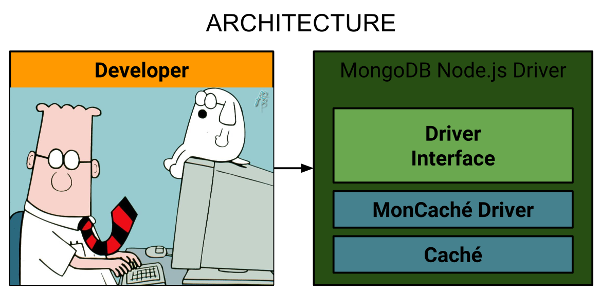As many of you, our partners, are more widely using modern UI frameworks to create client front-end, you may have encountered a question, "So how do I secure my data when I just finished developing all new fancy browser based client experience?"
The answer is easy. Use a standard, proven OAuth2 and OpenID!
"OK, but how can I do it? I have never done it before."
No problem, just have a look here, if your client is Angular (not AngularJS) based, there is a demo project available for you to review and get inspired!



